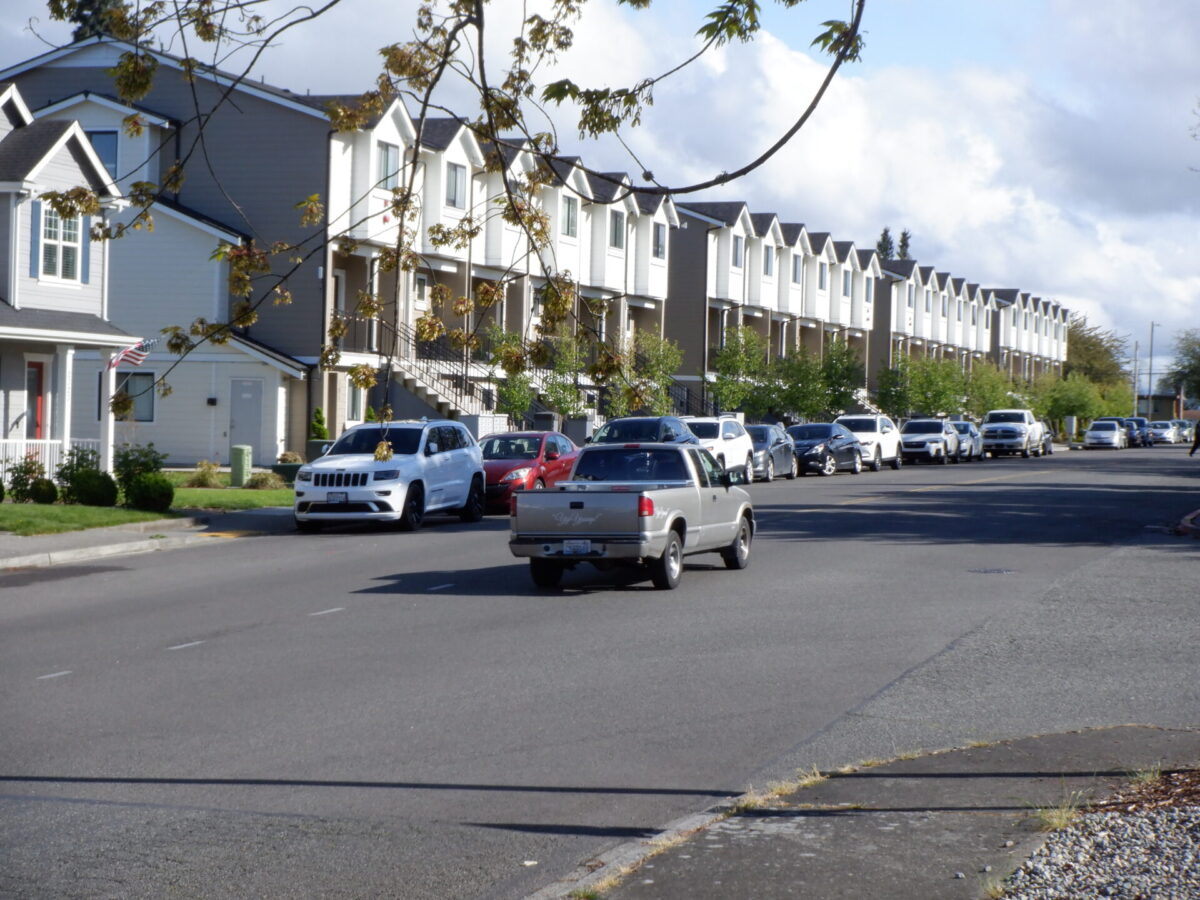The Low Income Housing Institute in cooperation with the city of Lakewood now has $20.2 million funding to buy the Candlewood Suites in Lakewood. It will be converted into a shelter for people experiencing homelessness in Pierce County.
The shelter will have 77 suites for about 85 people including couples, singles, and those with pets. Six units will be converted into case-management offices, housing operations, and community space. Staff will be on site 24 hours a day. LIHI case managers will help clients obtain permanent housing, employment, health care, and other services, a press release said.
“The building is named in honor of Maureen Howard, a fierce advocate for homeless people, who passed away in January,” said Sharon Lee, LIHI executive director, in a prepared statement. “She did not just worry about people sleeping outside in the cold and rain but took action to mobilize more housing, shelters, and services for vulnerable people in Pierce County.”
The facility is named Maureen Howard Place in honor of Howard, who was a fierce advocate for homeless people, who passed away in January. It is the second hotel and third property purchased to help reduce homelessness. In 2021, LIHI purchased the Comfort Inn in Tacoma — renamed Aspen Court — and in 2022 the agency purchased Heron Apartments, also in Tacoma.
The Washington State Department of Transportation will be referring people experiencing homelessness who are camping along state rights-of-way in Lakewood, Tacoma, and other parts of Pierce County.
An Interview with Low-Income Housing Institute (LIHI) Executive Director Sharon Lee
Note: Information in this interview with Sharon Lee came from the International Examiner in April 2023, an online news outlet.
How have LIHI’s initiatives evolved since forming?
In 2015, LIHI developed the first tiny house village in Seattle in collaboration with the Lutheran Church of the Good Shepherd and Nickelsville on land owned by the church. This village had 14 tiny houses, bathrooms, showers, a kitchen, and an entry pavilion. There was little information out there when we started, so we improvised a lot and refined our tiny house design with input from people living in tiny houses and from volunteers, businesses, and pre-apprenticeship students who were building them.
With the 18 tiny house villages we have constructed since Seattle has become a national model showcasing an effective crisis response to homelessness, many cities and states, especially on the West Coast, have adopted tiny houses as both innovative and cost-effective. Even California Governor Gavin Newsom recently announced the state’s intent to build 1,200 tiny houses. Governor Jay Inslee is a huge fan and supports tiny house villages. Over 3,200 homeless people have lived in tiny houses, including families with children.
In 2022 we sheltered 1,650 people. These individuals would most likely have stayed living outdoors if not for the villages we built. Delegations from across the country come and tour our tiny house villages and ask us about operations. We gladly share our knowledge and experience. We have learned the importance of community engagement with our Community Advisory Committees (CAC). Each village has a CAC — comprised of neighborhood stakeholders, nearby businesses, and residents — that meets monthly.
What benefits have you observed in residents’ lives after moving into one of the tiny houses?
Tiny houses are the preferred type of shelter because they provide privacy and a supportive healing environment. Once a person secures a tiny house, they can breathe. Not every thought is, “Where do I go next? Where do I find my next meal?” The village allows them the time, headspace, and support to make improvements in their lives.
The sense of community and positive interactions can break down many people’s feelings of isolation. Often people who have lived outdoors for years arrive at our village sick, frail, and malnourished. Over time we see that their health and mental health improves substantially. Our case managers are super effective in offering an array of supportive services and referrals and helping people transition to permanent housing.
Are there any misconceptions about LIHI and your organization’s impact on the community that you would like to address?
When we started the program, there were worries about crime, but a testament to how successful the program has become is that there is very little NIMBYism anymore when we propose to open a new village. We even have neighborhood groups request to have a village open in their neighborhood. Having a well-managed tiny house village with 24/7 staffing is so much better than having people camping in tents on sidewalks, in parks, under bridges, and in dangerous locations.
Would you consider Puget Sound housing issues to be improving or worsening, and why?
Economic disparities continue to widen and the pandemic and tech layoffs have hit the area hard, so the housing crisis remains in full force. There are signs of hope, but we need strong leadership to re-envision the future of Puget Sound cities, where low-income and people of color are no longer displaced and forced to leave.
We will continue to lose ground with high rents. We need a major investment in low-income senior housing as more Baby Boomers will fall through the cracks and become homeless.


